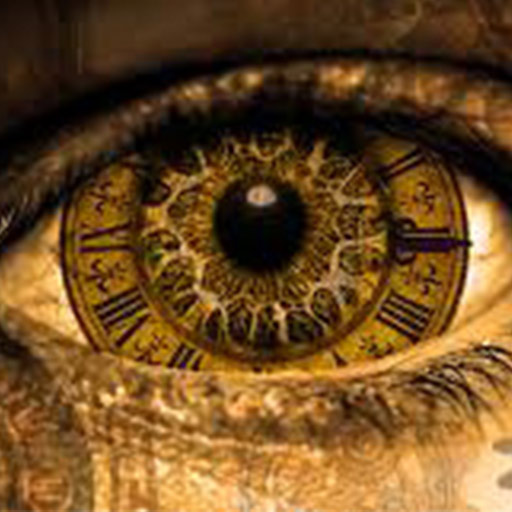
Photoshop has an outrageously steep learning curve. Look below and you’ll see only a fraction of all the available menus, panels, tabs, icons and what not. The possibilities are quite literally endless.

Here are some of the things we use Photoshop for:
- Resizing images. All images must be resized to a predetermined size. This way everything lines up nice and pretty. This involves cropping and then the color, contrast and tone must be adjusted. In this way we create sets of images that have similar characteristics.
- Creating logos.
- Fonts in the thousands.
- Creating the header image at the top of the site.
- Transparent backgrounds
- Circular type
- Select and delete various colors and shapes in an image.
Trust us: Learning Photoshop is a bit like training to be an airline pilot, or even an astronaut. Photoshop hosts inumerable menus, flyouts and tabbed control panel. Could anyone know %100? This author started creating graphics on a light table, exacto knife, rub on letters and a wax glue gizmo. I started on Photoshop in 1995 and use it most every single day. It’s Photoshop skills that are reflected in the complex graphics on this website. Yet still, I know maybe 7% of the functions. If I need to learn a new function, I go to YouTube and watch an instructional video.
Adobe Photoshop is a raster graphics editor developed and published by Adobe Inc. for macOS and Windows. It was originally created in 1988 by Thomas and John Knoll.
Since then, this software has become the industry standard not only in raster graphics editing, but in digital art as a whole. The software’s name has thus become a generic trademark, leading to its usage as a verb (e.g. “to photoshop an image”, “photoshopping“, and “photoshop contest“) although Adobe discourages such use.
Photoshop can edit and compose raster images in multiple layers and supports masks, alpha compositing, and several color models including RGB, CMYK, CIELAB, spot color, and duotone.
Photoshop has an outrageously steep learning curve. Look below and you’ll see only a fraction of all the available menus, panels, tabs, icons and what not. The possibilities are quite literally endless.

Here are some of the things we use Photoshop for:
- Resizing images. All images must be resized to a predetermined size. This way everything lines up nice and pretty. This involves cropping and then the color, contrast and tone must be adjusted. In this way we create sets of images that have similar characteristics.
- Creating logos.
- Fonts in the thousands.
- Creating the header image at the top of the site.
- Transparent backgrounds
- Circular type
- Select and delete various colors and shapes in an image.
Trust us: Learning Photoshop is a bit like training to be an airline pilot, or even an astronaut. Photoshop hosts inumerable menus, flyouts and tabbed control panel. Could anyone know %100? This author started creating graphics on a light table, exacto knife, rub on letters and a wax glue gizmo. I started on Photoshop in 1995 and use it most every single day. It’s Photoshop skills that are reflected in the complex graphics on this website. Yet still, I know maybe 7% of the functions. If I need to learn a new function, I go to YouTube and watch an instructional video.
Adobe Photoshop is a raster graphics editor developed and published by Adobe Inc. for macOS and Windows. It was originally created in 1988 by Thomas and John Knoll.
Since then, this software has become the industry standard not only in raster graphics editing, but in digital art as a whole. The software’s name has thus become a generic trademark, leading to its usage as a verb (e.g. “to photoshop an image”, “photoshopping“, and “photoshop contest“) although Adobe discourages such use.
Photoshop can edit and compose raster images in multiple layers and supports masks, alpha compositing, and several color models including RGB, CMYK, CIELAB, spot color, and duotone.
